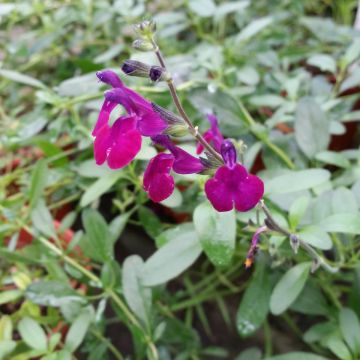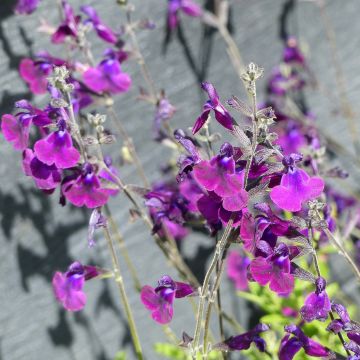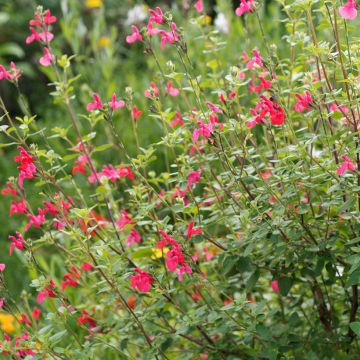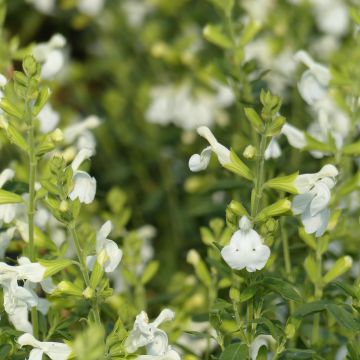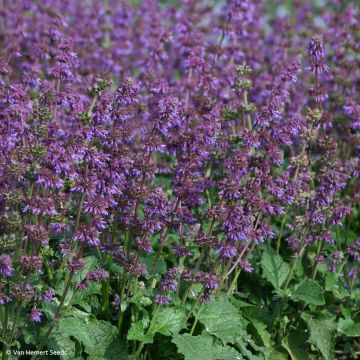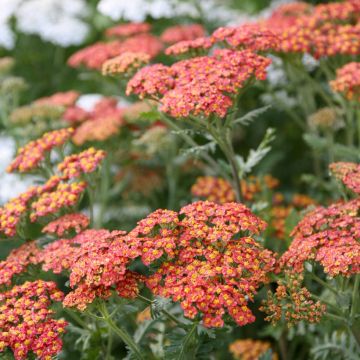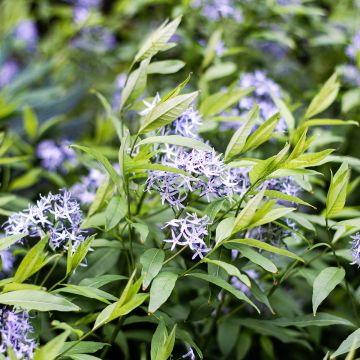

Salvia So Cool Pale Blue


Salvia So Cool Pale Blue
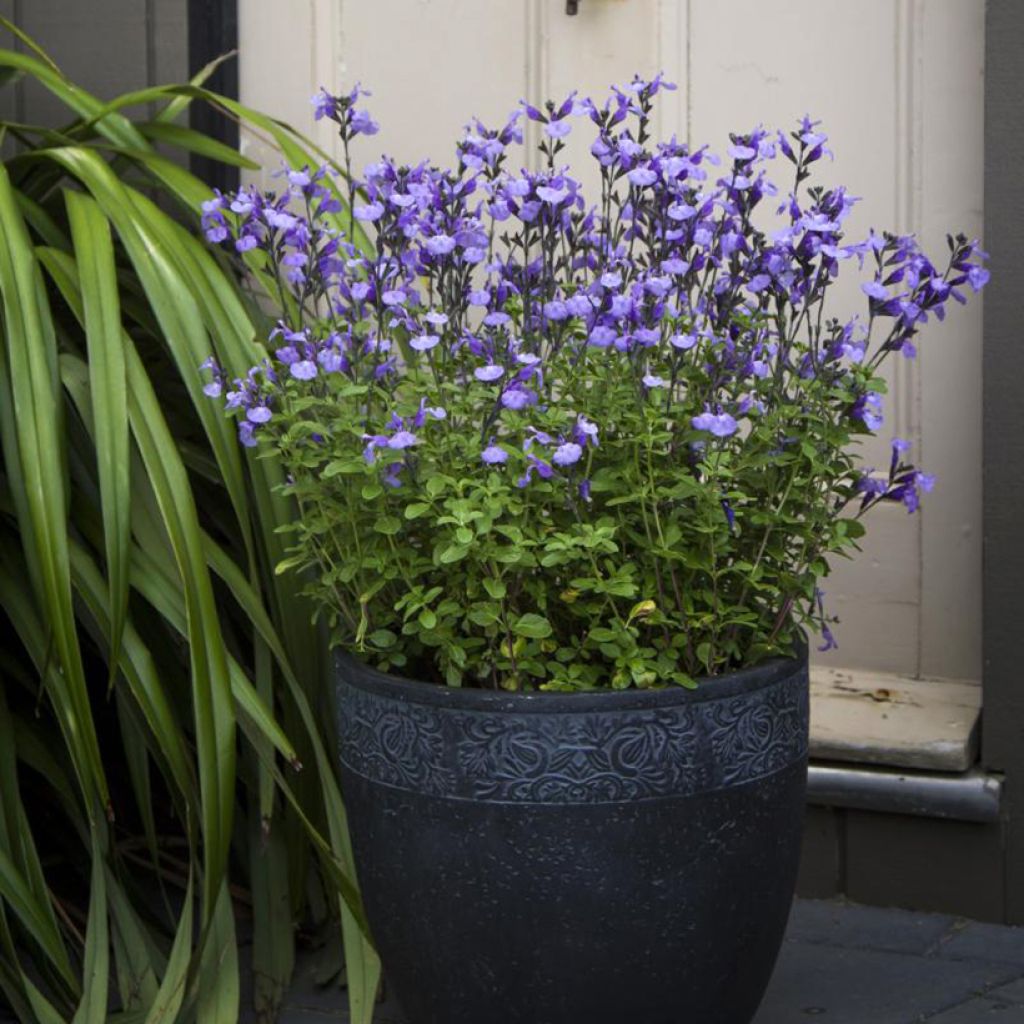

Salvia So Cool Pale Blue
Salvia So Cool Pale Blue
Salvia microphylla So Cool Pale Blue
Sage
This item cannot be shipped to the selected country
Delivery charge from €5.90
Delivery charge from €5.90
Delivery charge from €5.90
Delivery charge from €5.90
Delivery to Corse prohibited
More information
Schedule delivery date,
and select date in basket
This plant carries a 12 months recovery warranty
More information
We guarantee the quality of our plants for a full growing cycle, and will replace at our expense any plant that fails to recover under normal climatic and planting conditions.
From €5.90 for pickup delivery and €6.90 for home delivery
Express home delivery from €8.90.
From €5.90 for pickup delivery and €6.90 for home delivery
Express home delivery from €8.90.
From €5.90 for pickup delivery and €6.90 for home delivery
Express home delivery from €8.90.
From €5.90 for pickup delivery and €6.90 for home delivery
Express home delivery from €8.90.
Delivery to Corse prohibited: UE law prohibits the import of this plant from mainland France to Corse as part of the fight against Xylella fastidiosa. Please accept our sincere apologies.
More information
Does this plant fit my garden?
Set up your Plantfit profile →
Description
Salvia 'So Cool Pale Blue' is a variety of shrubby sage that forms a small rounded and dense bush covered with very bright mauve-blue flowers, quite rare in this type of sage. This plant blooms continuously throughout summer if the soil does not dry out too much, delighting bees and gardeners. Its small light green aromatic leaves are more or less evergreen in winter. It is an excellent border plant that also grows very easily in a pot. Moderately hardy, it will need protection in cold regions.
Salvia 'So Cool Pale Blue' belongs to the large family of Lamiaceae, which offers gardeners many aromatic and ornamental plants (thyme, rosemary, catmint, agastache...). This variety comes from a group of salvias native to the mountains of Central America, which gives them a respectable hardiness of about -10°C (14°F). These salvias are woody: their stems harden and form wood, which will, however, be damaged by pronounced and prolonged frost. The foliage is semi-evergreen in mild climate, small and ovate, and deliciously aromatic, with hints of mint and lemon. This fragrance is particularly pronounced in hot and dry weather, and the essential oils often make the leaves a bit sticky.
Between May and October (or even longer if the weather is mild), the 'So Cool Pale Blue' sage produces numerous small two-tone flowers in a charming bluish-purple. The violet calyx enhances the flower colour. It will reach approximately 70 cm (28in) in all directions.
The origins of the 'So Cool Pale Blue' shrubby sage give it good adaptability to sunny, dry, and even limestone and rocky soils: it will grow without problems in a mild and sunny climate, but it is best grown in a pot in regions with a rainy and cold winter, allowing it to be brought inside as soon as frost is forecast. If you want to plant it outside in a cold region, remember to provide it with a well-protected location, sheltered from cold winds. Perfect in rock gardens, borders and pots, this sage will form beautiful associations with other similar plants such as Mirage Salmon or Mirage Violet, as well as with perennials like common marjoram, Tiny Jackpot eryngo, or grasses like beautiful feather grass and Bouteloua gracilis.
Report an error about the product description
Salvia So Cool Pale Blue in pictures
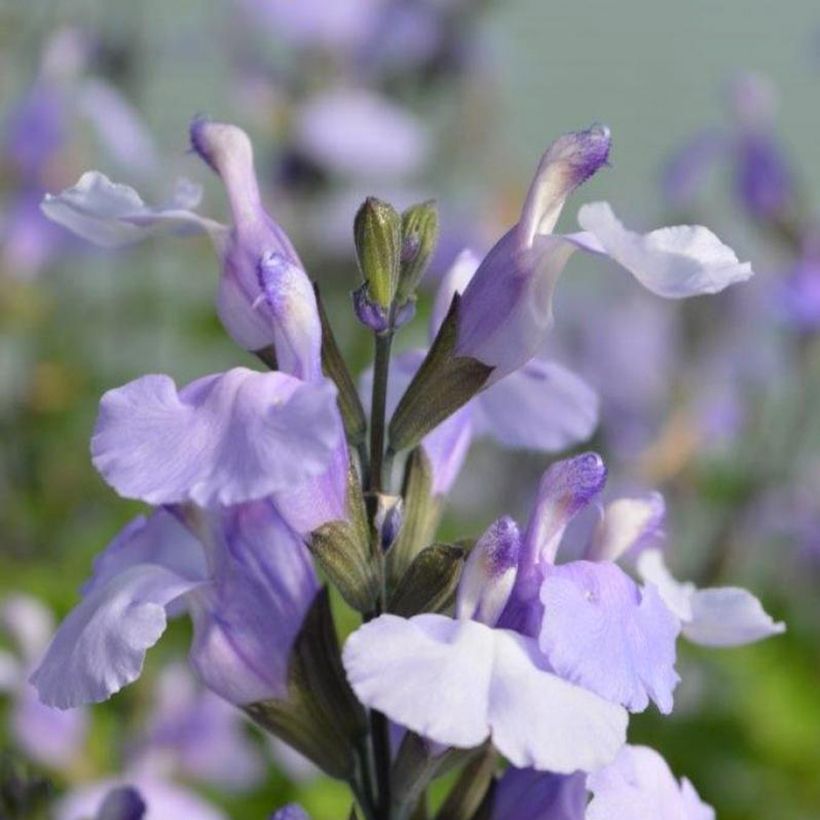



Flowering
Foliage
Plant habit
Botanical data
Salvia
microphylla
So Cool Pale Blue
Lamiaceae
Sage
Cultivar or hybrid
Other Salvia - Sage
Planting and care
Plant Salvia 'So Cool Pale Blue' after spring frosts in cold climates, in September-October in hot and dry climates. Plant it in light, ordinary, porous, rocky soil, even limestone, not too poor though to support its flowering. This plant prefers sunny situations or partial shade in hot climates. It requires regular watering in autumn and spring if the weather is very dry, in order to flower abundantly. In very poor soil, incorporate some well-rotted compost or leaf compost. Mulch it in winter, in the coldest regions, and protect it from the cold as much as possible. Place it in the warmest corner of the garden, in full sun, against a south-facing wall, on a rocky or sandy slope, in any substrate that does not retain moisture which would be fatal to it in winter. Under these conditions, it can withstand brief frosts of around -10°C (14°F). It thrives well in pots, allowing gardeners to store it away in winter.
This sage has no specific enemies or diseases.
Planting period
Intended location
Care
-
, onOrder confirmed
Reply from on Promesse de fleurs
Summer flowering perennials
Haven't found what you were looking for?
Hardiness is the lowest winter temperature a plant can endure without suffering serious damage or even dying. However, hardiness is affected by location (a sheltered area, such as a patio), protection (winter cover) and soil type (hardiness is improved by well-drained soil).

Photo Sharing Terms & Conditions
In order to encourage gardeners to interact and share their experiences, Promesse de fleurs offers various media enabling content to be uploaded onto its Site - in particular via the ‘Photo sharing’ module.
The User agrees to refrain from:
- Posting any content that is illegal, prejudicial, insulting, racist, inciteful to hatred, revisionist, contrary to public decency, that infringes on privacy or on the privacy rights of third parties, in particular the publicity rights of persons and goods, intellectual property rights, or the right to privacy.
- Submitting content on behalf of a third party;
- Impersonate the identity of a third party and/or publish any personal information about a third party;
In general, the User undertakes to refrain from any unethical behaviour.
All Content (in particular text, comments, files, images, photos, videos, creative works, etc.), which may be subject to property or intellectual property rights, image or other private rights, shall remain the property of the User, subject to the limited rights granted by the terms of the licence granted by Promesse de fleurs as stated below. Users are at liberty to publish or not to publish such Content on the Site, notably via the ‘Photo Sharing’ facility, and accept that this Content shall be made public and freely accessible, notably on the Internet.
Users further acknowledge, undertake to have ,and guarantee that they hold all necessary rights and permissions to publish such material on the Site, in particular with regard to the legislation in force pertaining to any privacy, property, intellectual property, image, or contractual rights, or rights of any other nature. By publishing such Content on the Site, Users acknowledge accepting full liability as publishers of the Content within the meaning of the law, and grant Promesse de fleurs, free of charge, an inclusive, worldwide licence for the said Content for the entire duration of its publication, including all reproduction, representation, up/downloading, displaying, performing, transmission, and storage rights.
Users also grant permission for their name to be linked to the Content and accept that this link may not always be made available.
By engaging in posting material, Users consent to their Content becoming automatically accessible on the Internet, in particular on other sites and/or blogs and/or web pages of the Promesse de fleurs site, including in particular social pages and the Promesse de fleurs catalogue.
Users may secure the removal of entrusted content free of charge by issuing a simple request via our contact form.
The flowering period indicated on our website applies to countries and regions located in USDA zone 8 (France, the United Kingdom, Ireland, the Netherlands, etc.)
It will vary according to where you live:
- In zones 9 to 10 (Italy, Spain, Greece, etc.), flowering will occur about 2 to 4 weeks earlier.
- In zones 6 to 7 (Germany, Poland, Slovenia, and lower mountainous regions), flowering will be delayed by 2 to 3 weeks.
- In zone 5 (Central Europe, Scandinavia), blooming will be delayed by 3 to 5 weeks.
In temperate climates, pruning of spring-flowering shrubs (forsythia, spireas, etc.) should be done just after flowering.
Pruning of summer-flowering shrubs (Indian Lilac, Perovskia, etc.) can be done in winter or spring.
In cold regions as well as with frost-sensitive plants, avoid pruning too early when severe frosts may still occur.
The planting period indicated on our website applies to countries and regions located in USDA zone 8 (France, United Kingdom, Ireland, Netherlands).
It will vary according to where you live:
- In Mediterranean zones (Marseille, Madrid, Milan, etc.), autumn and winter are the best planting periods.
- In continental zones (Strasbourg, Munich, Vienna, etc.), delay planting by 2 to 3 weeks in spring and bring it forward by 2 to 4 weeks in autumn.
- In mountainous regions (the Alps, Pyrenees, Carpathians, etc.), it is best to plant in late spring (May-June) or late summer (August-September).
The harvesting period indicated on our website applies to countries and regions in USDA zone 8 (France, England, Ireland, the Netherlands).
In colder areas (Scandinavia, Poland, Austria...) fruit and vegetable harvests are likely to be delayed by 3-4 weeks.
In warmer areas (Italy, Spain, Greece, etc.), harvesting will probably take place earlier, depending on weather conditions.
The sowing periods indicated on our website apply to countries and regions within USDA Zone 8 (France, UK, Ireland, Netherlands).
In colder areas (Scandinavia, Poland, Austria...), delay any outdoor sowing by 3-4 weeks, or sow under glass.
In warmer climes (Italy, Spain, Greece, etc.), bring outdoor sowing forward by a few weeks.

































